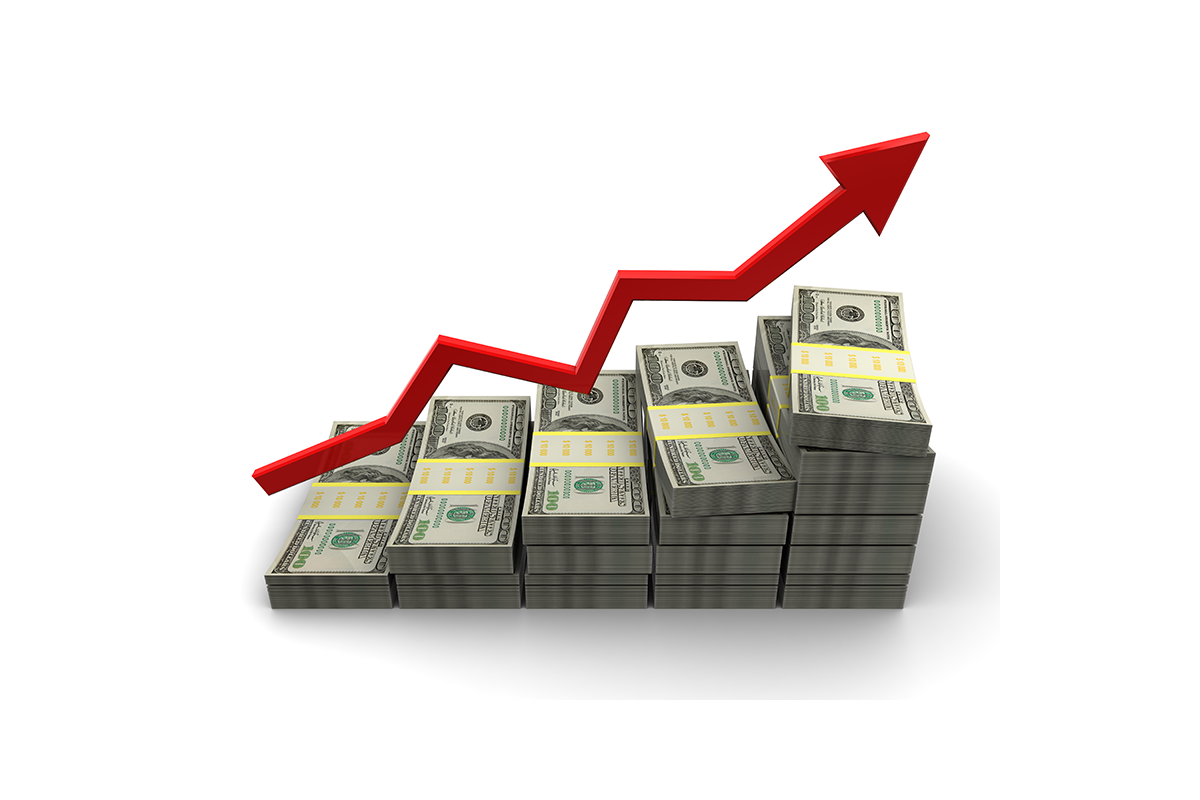Consumer confidence plunged in April to its lowest level in five years, as Americans grow increasingly uneasy about tariffs, trade tensions, and the broader economic outlook, according to new data released by The Conference Board.
- The Consumer Confidence Index dropped to 86, down sharply from 93.9 in March. This marked the weakest reading since May 2020, when the economy was grappling with the onset of the COVID-19 pandemic.
- Economists had expected only a modest decline to 89.
The Future is Scary: The steep drop was driven almost entirely by a collapse in consumers’ expectations for the future. The Expectations Index—measuring short-term views on income, business, and job prospects—plummeted 12.5 points to 54.4. That’s the lowest level since October 2011, during the U.S. debt ceiling crisis and eurozone turmoil.
- In contrast, the Present Situation Index, which captures how consumers feel about current economic conditions, dipped just 0.9 points to 133.5.
Broad-Based: April’s pullback was broad-based across nearly all demographic groups, with the sharpest declines among Americans aged 35 to 55 and households earning over $125,000 a year—two groups that typically show resilience in times of economic strain.
What They’re Saying: Stephanie Guichard, Senior Economist of Global Indicators at The Conference Board, attributed the fall to widespread pessimism. “The decline was largely driven by consumers’ expectations,” she said, noting that the three key components—business conditions, employment prospects, and future income—“all deteriorated sharply.”
- Guichard noted that the share of consumers expecting fewer jobs in the next six months was at 32.1%, this is “nearly as high as in April 2009, in the middle of the Great Recession.”
Impact on Rates: Consumers are worried about the future, which can mean a pullback in spending. Lowering rates is a way to get consumers back on the playing field.




